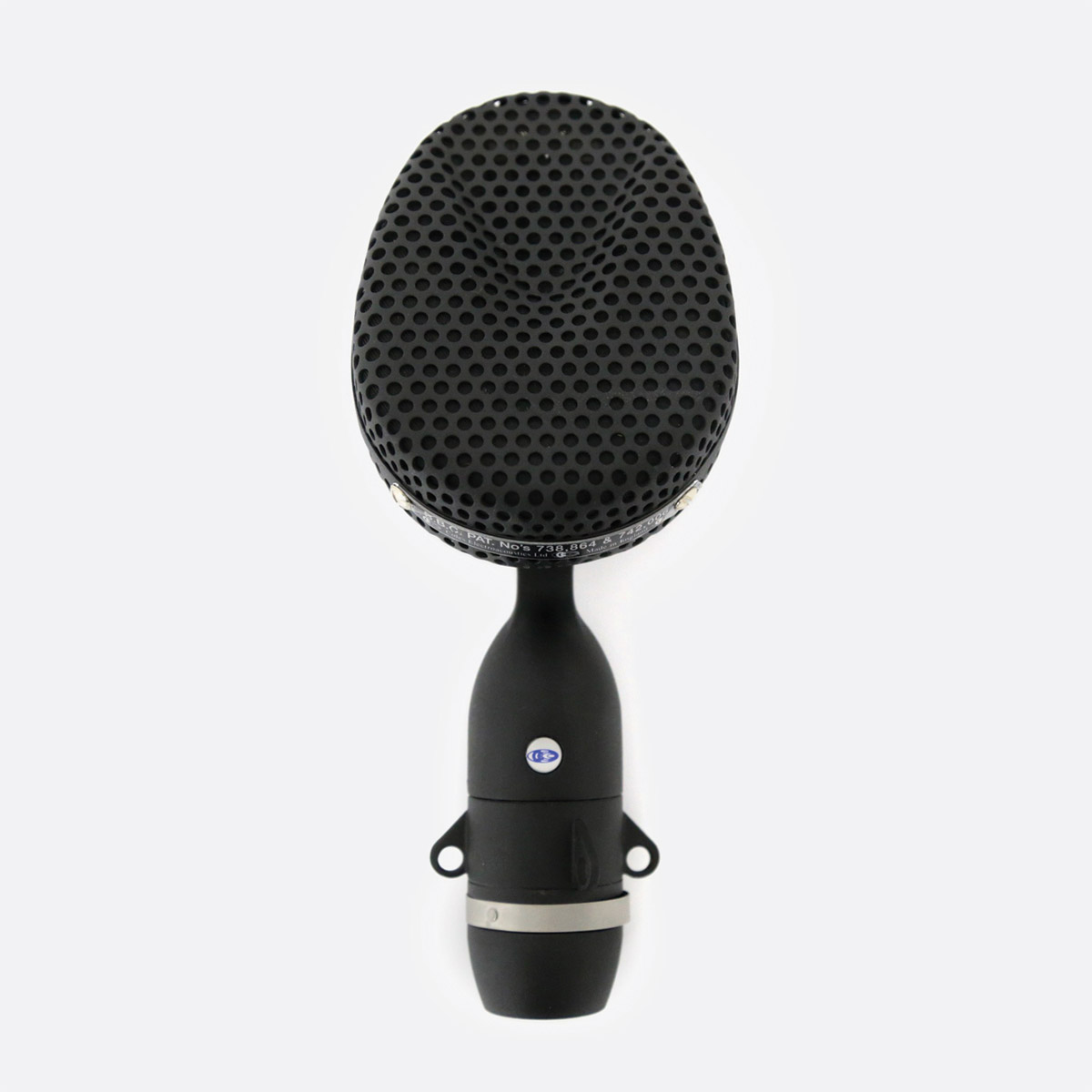
Just guessing, but would a really large flat panel as a microphone miss high frequencies - not enough energy to move the diaphragm ?
Your mention of using headphones as a microphone reminds me of the old (70's?) Sennheiser HD414 headphones which could be used for "dummy head" recordings as it was easy to reverse the earpieces on the headband.
I understand that Russians used this on US embassy:
https://www.youtube.com/watch?v=1MrudVza6mo
LP12, Ittok (black), DV10X5, NVA Phono 2 (twin supply), NVAP50, Art Audio Quintet 15w power amp, NVA LS5 cable, Rega Ela mk1's.
Sony CDP XB930.




 Reply With Quote
Reply With Quote .
.
 Originally Posted by guy
Originally Posted by guy


